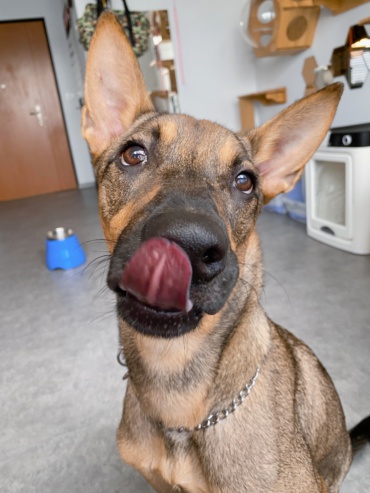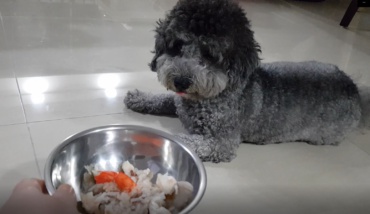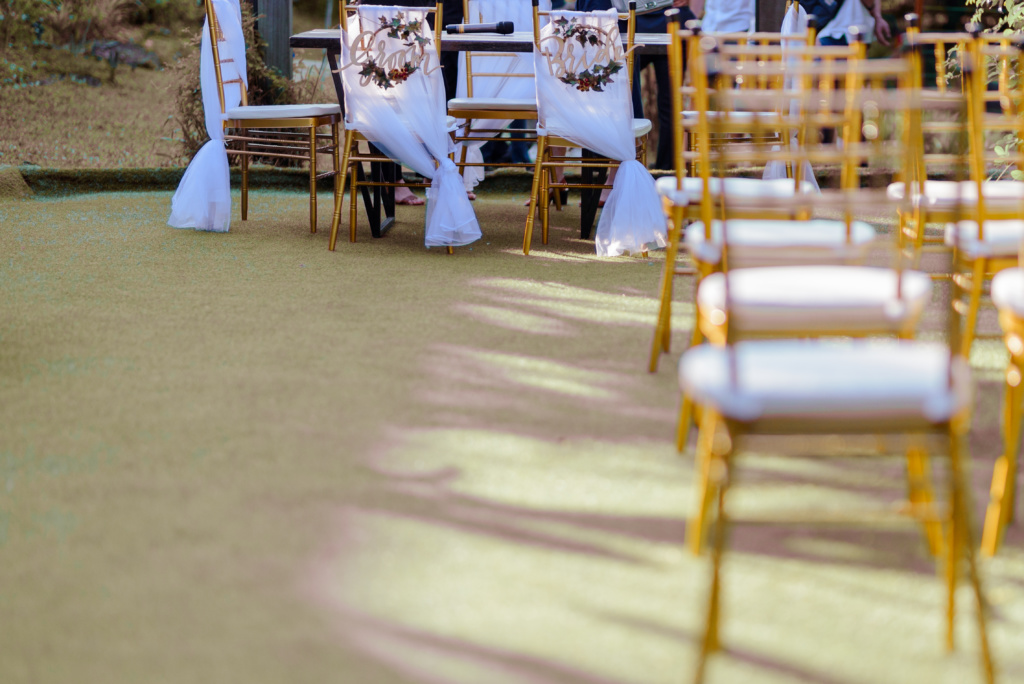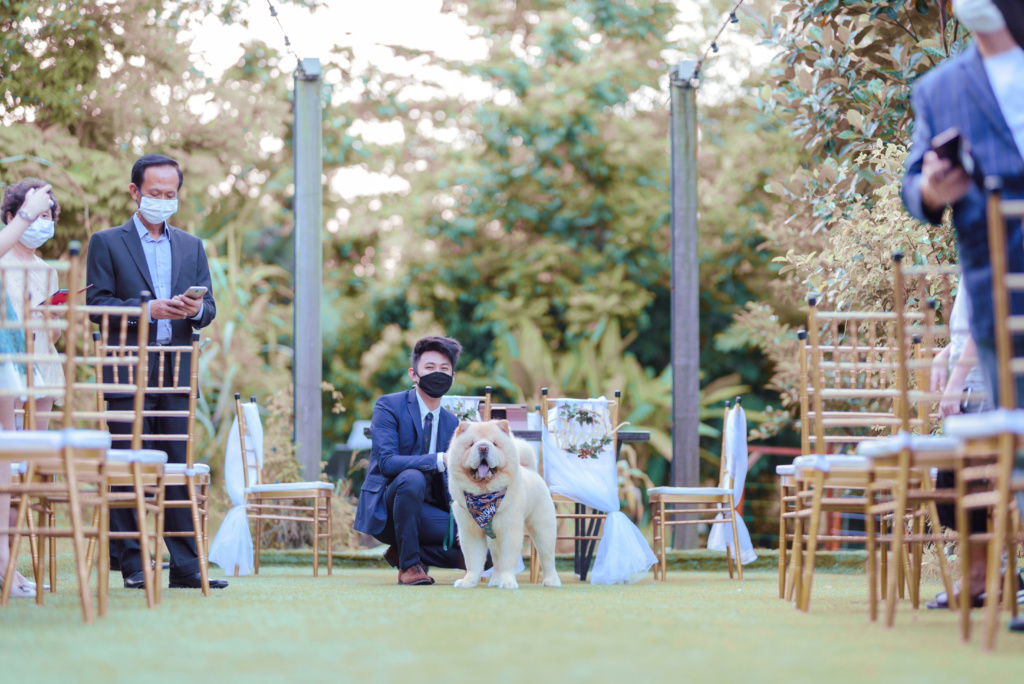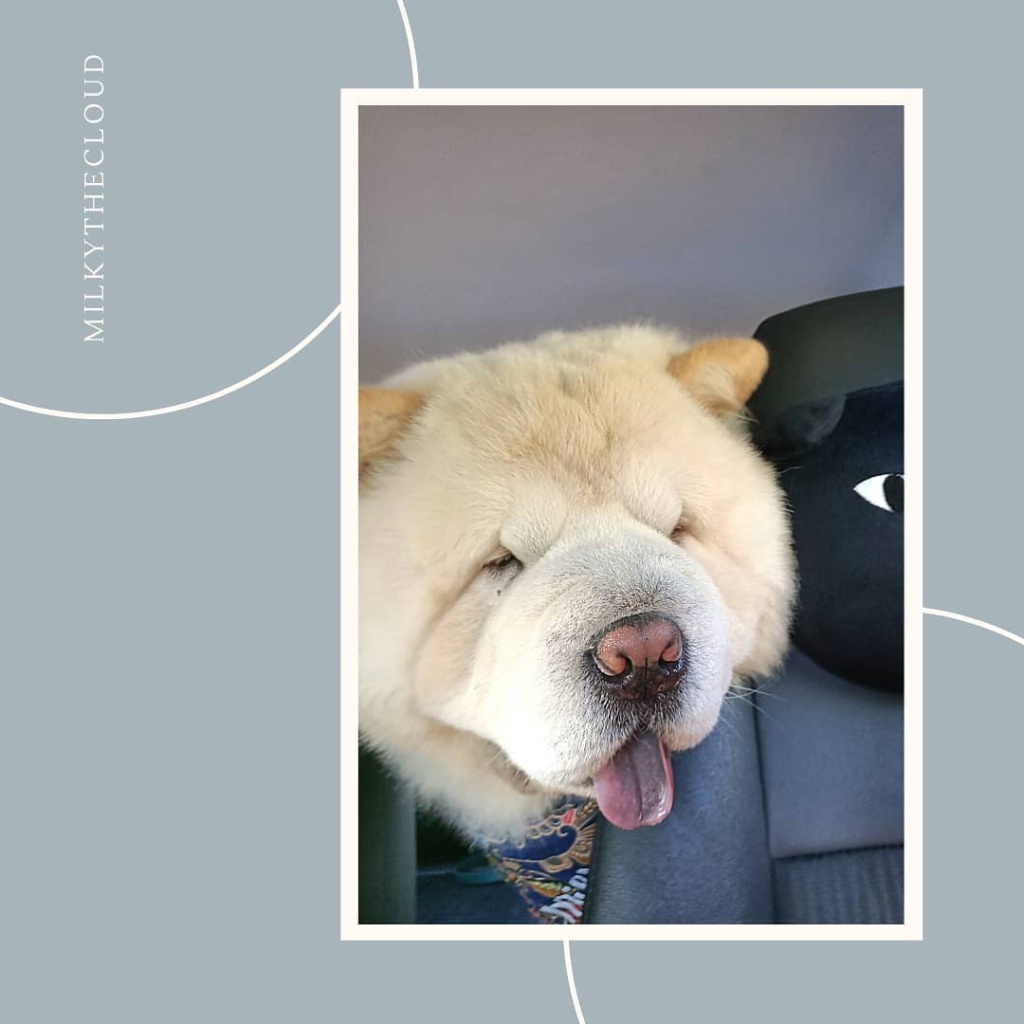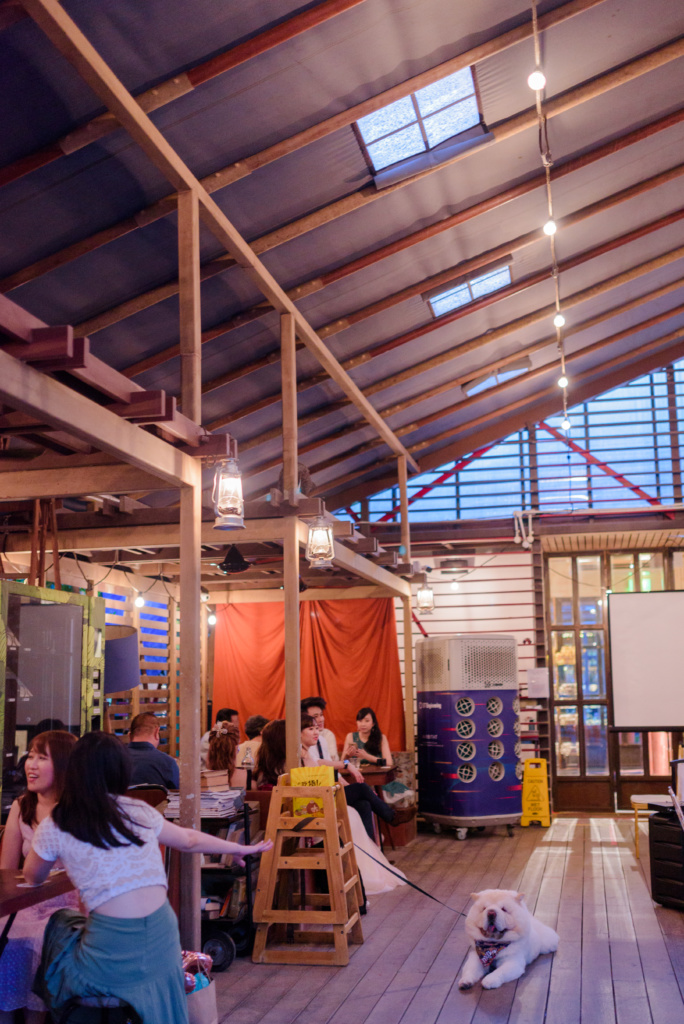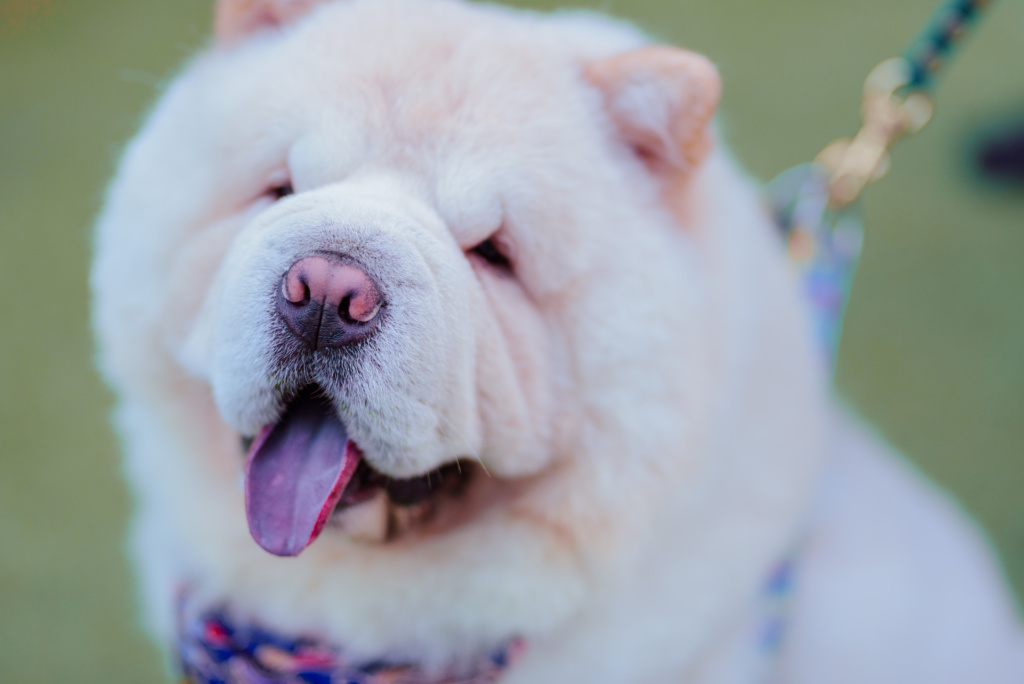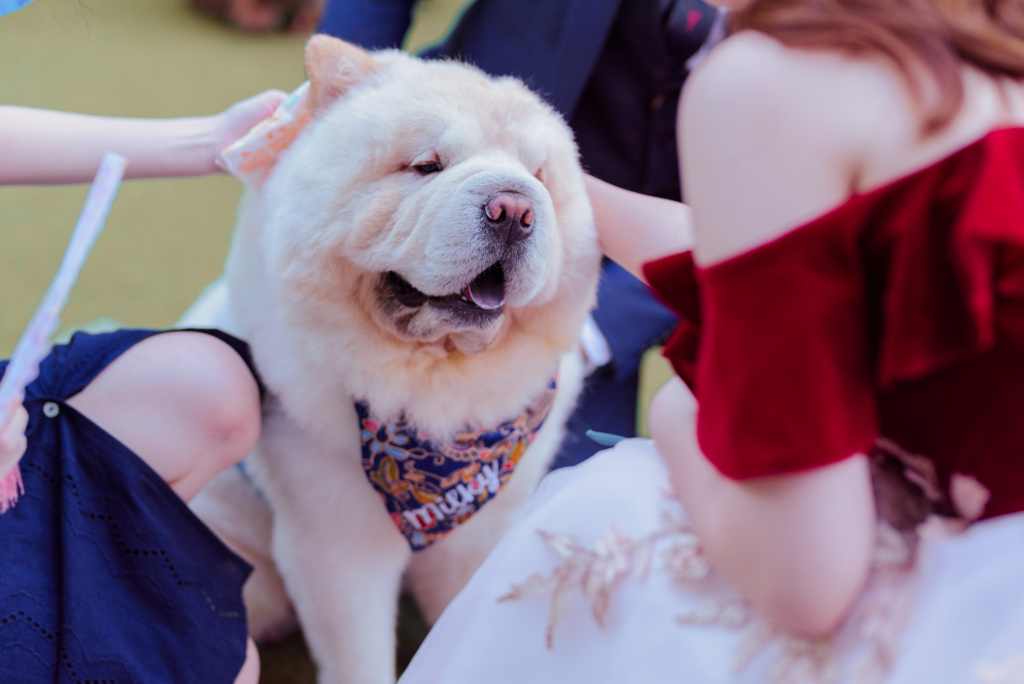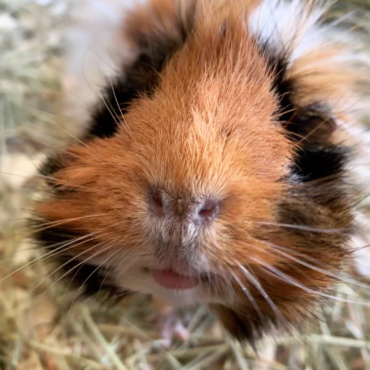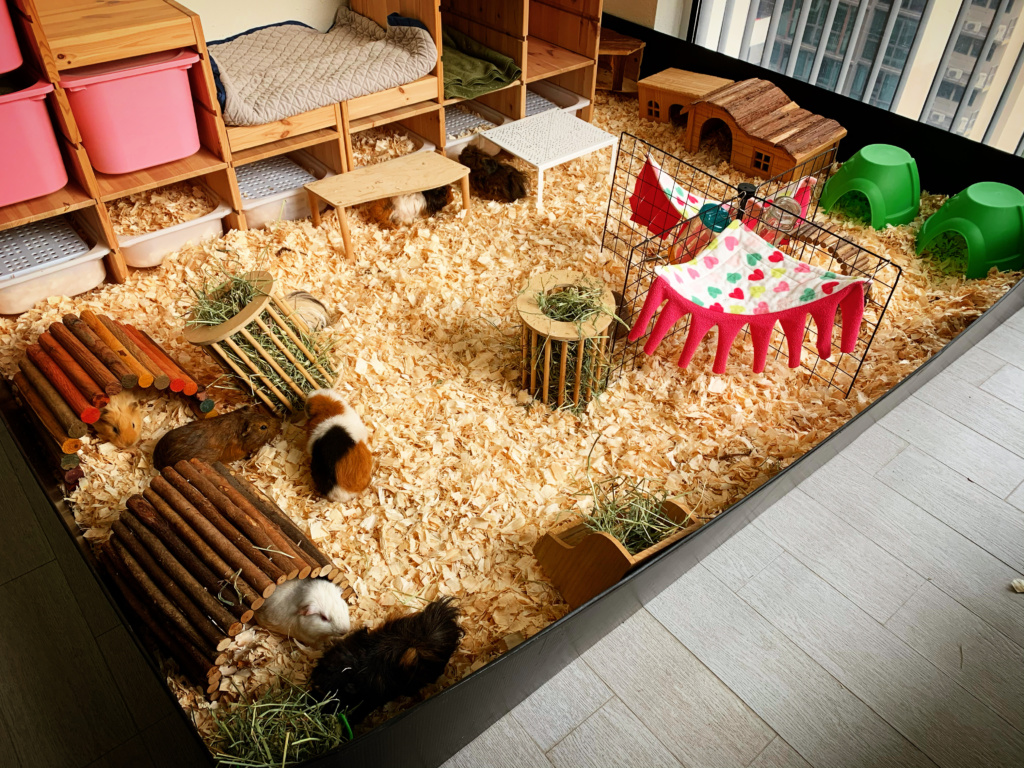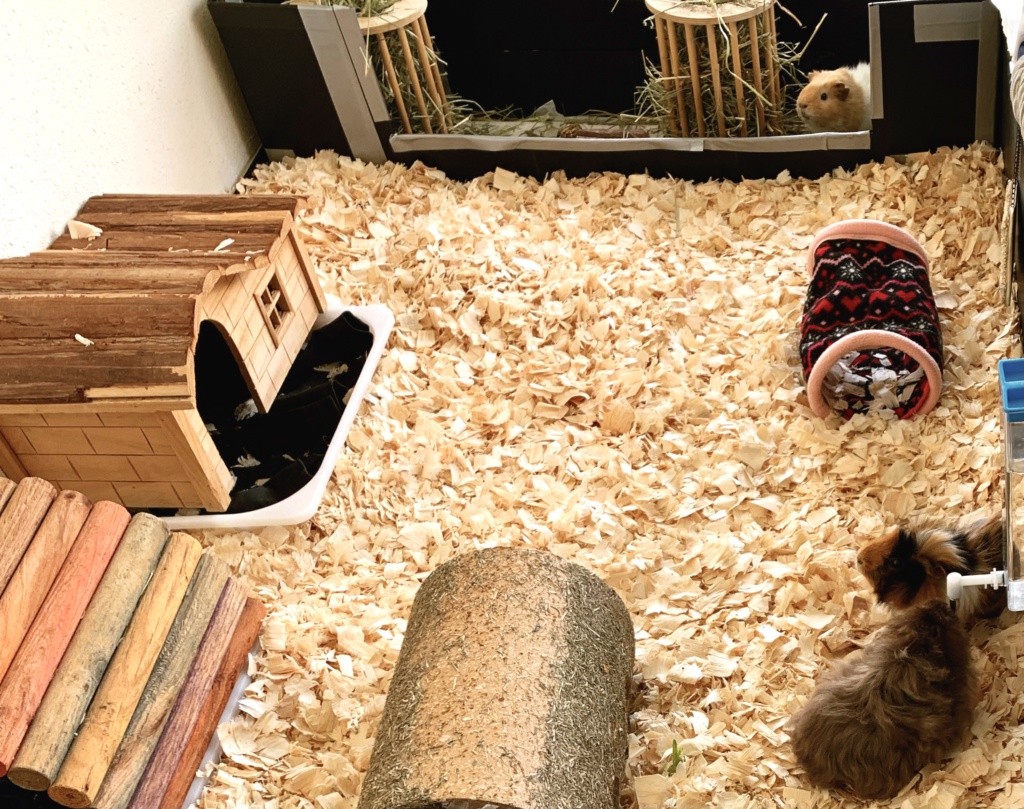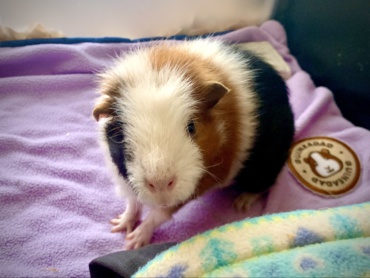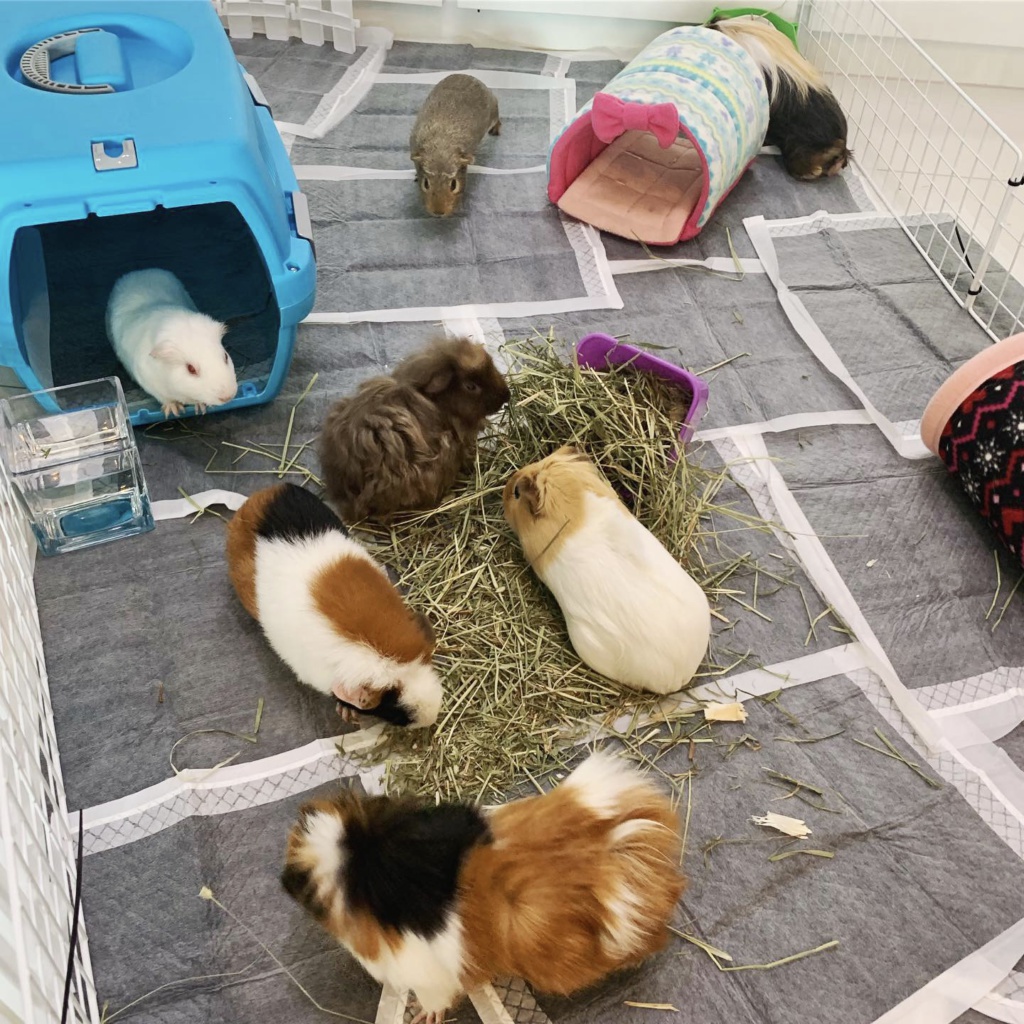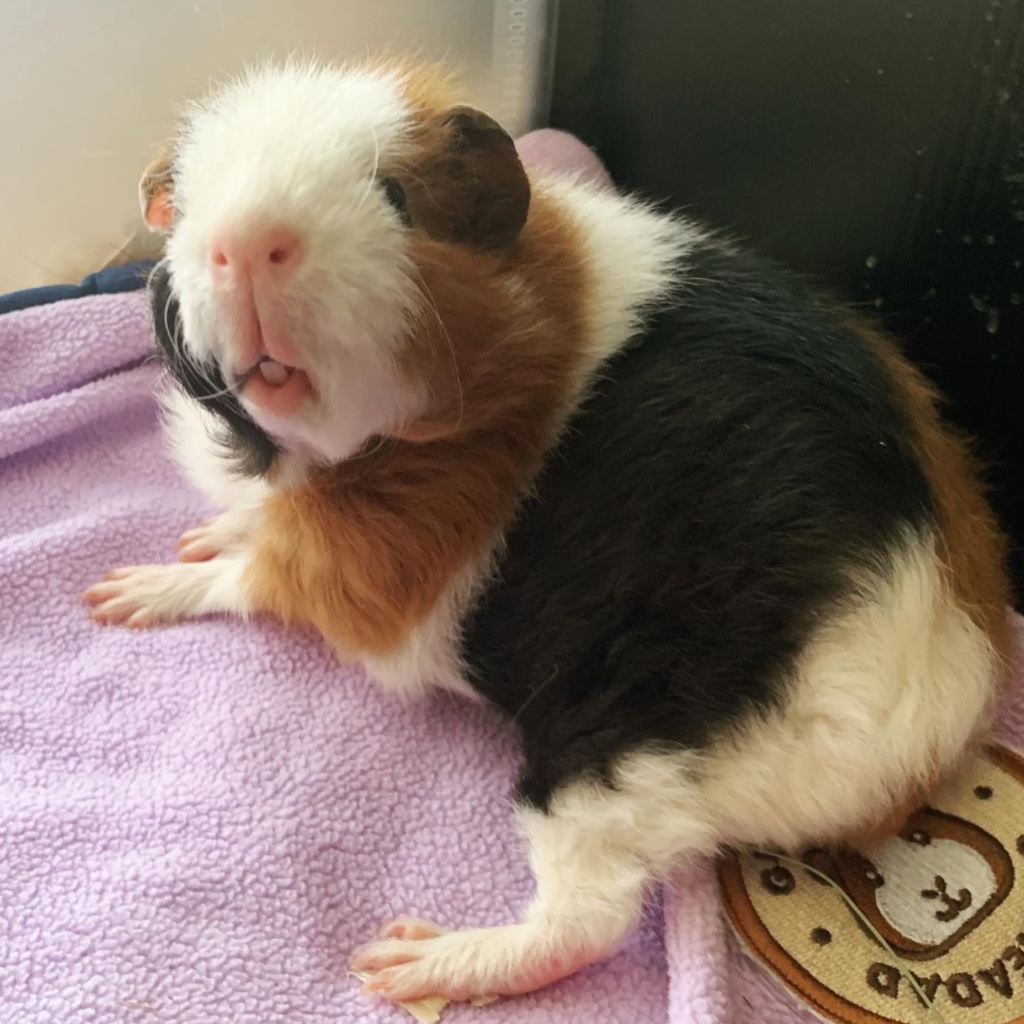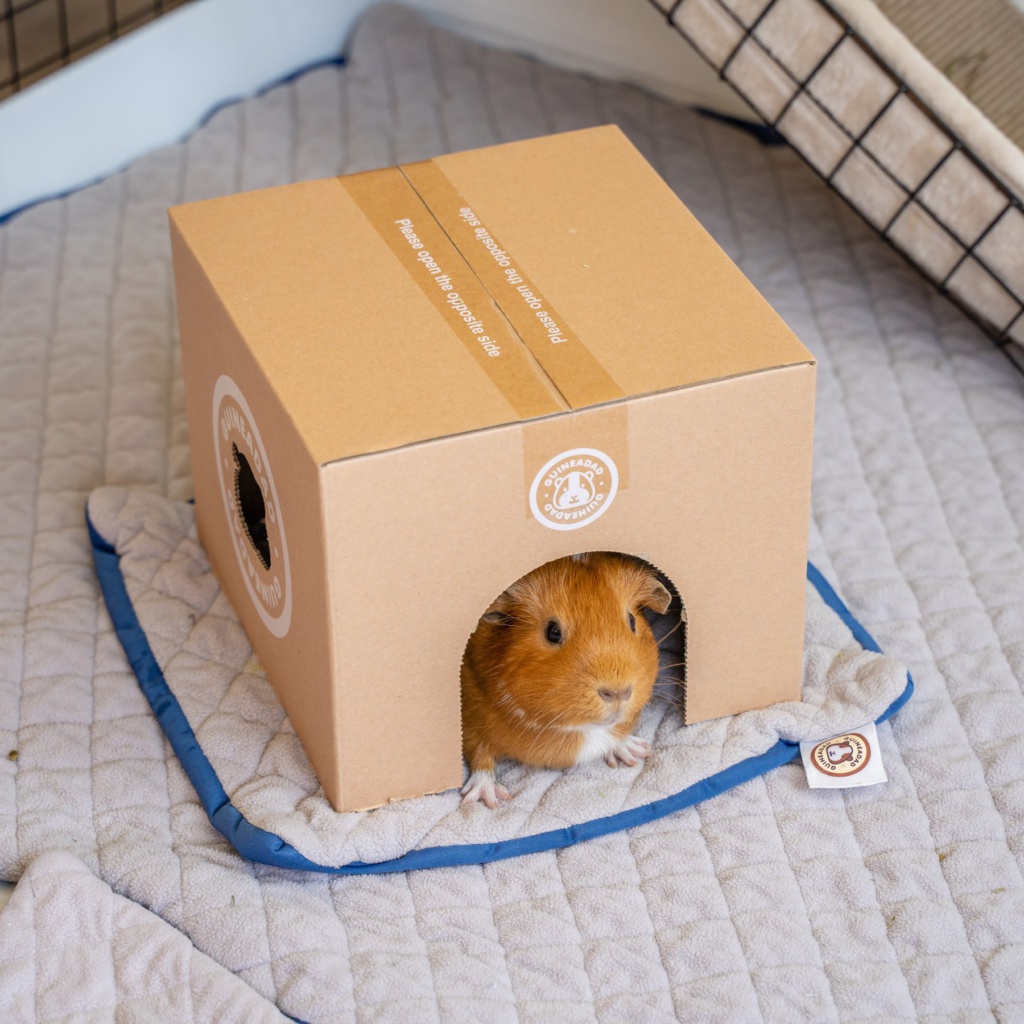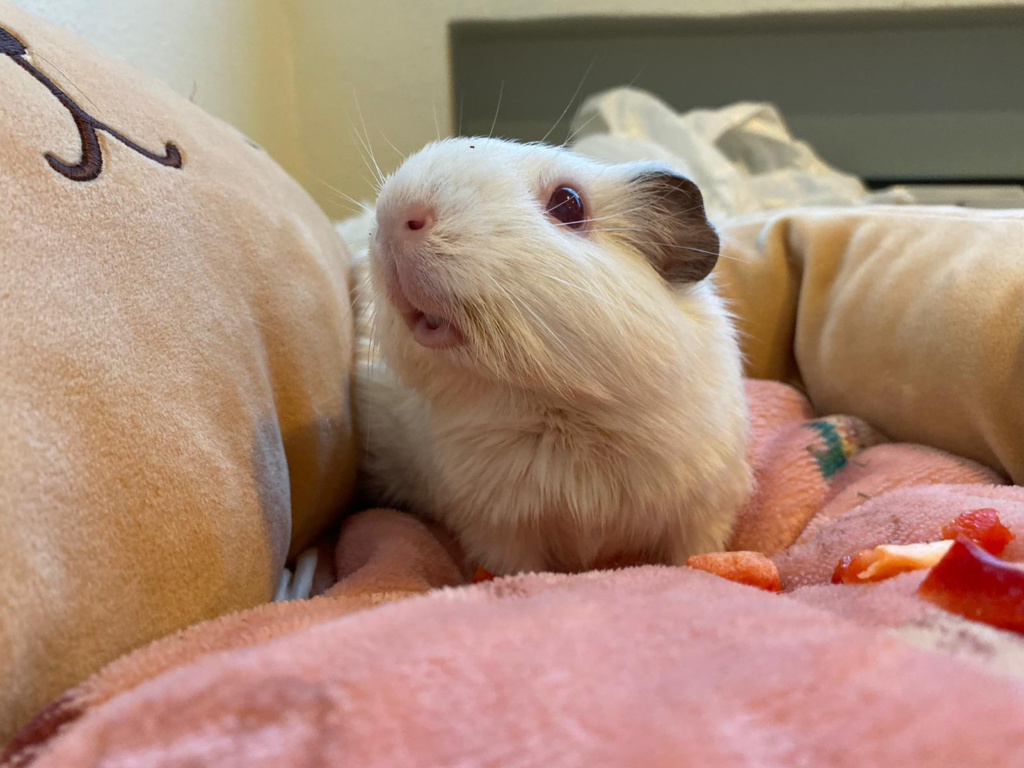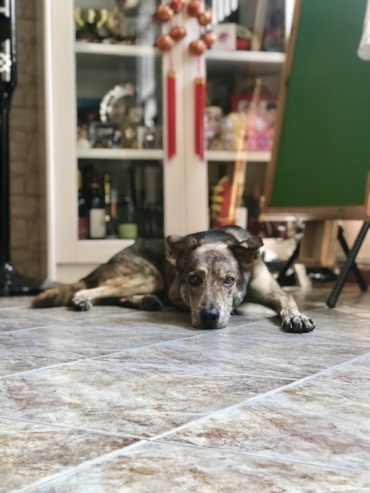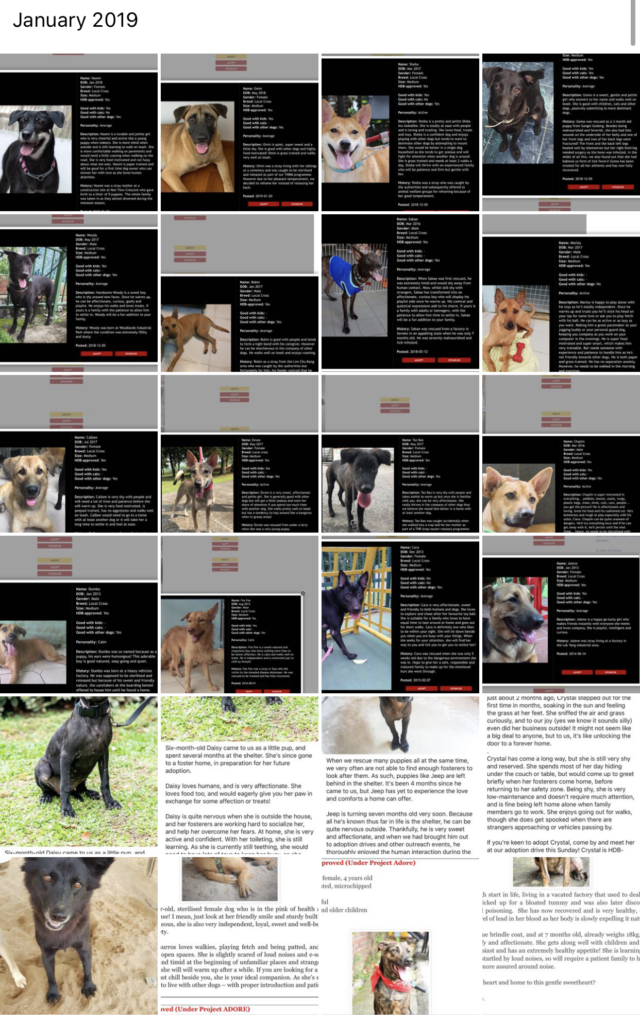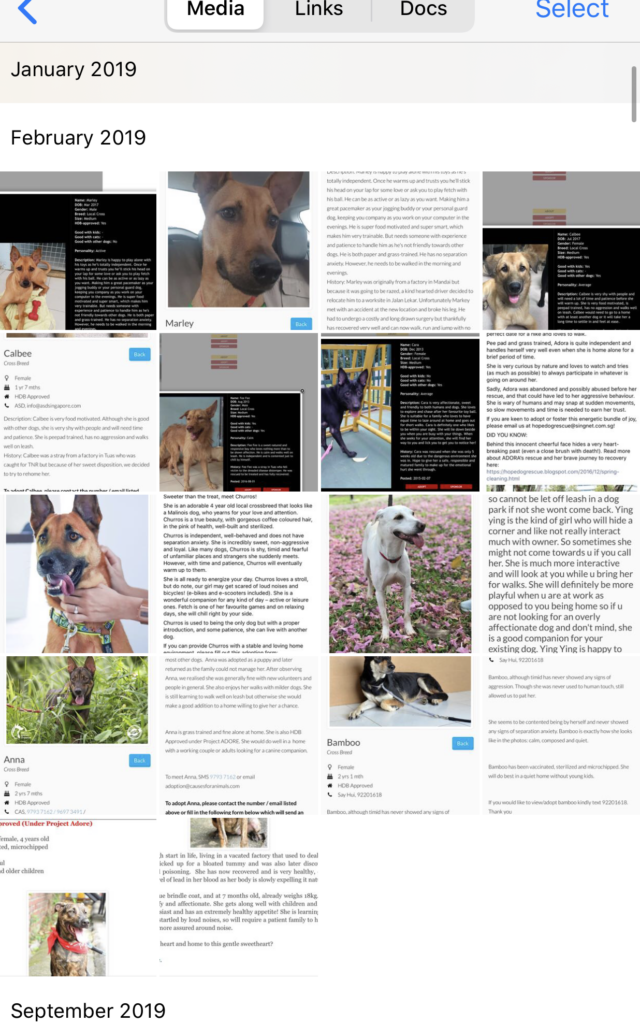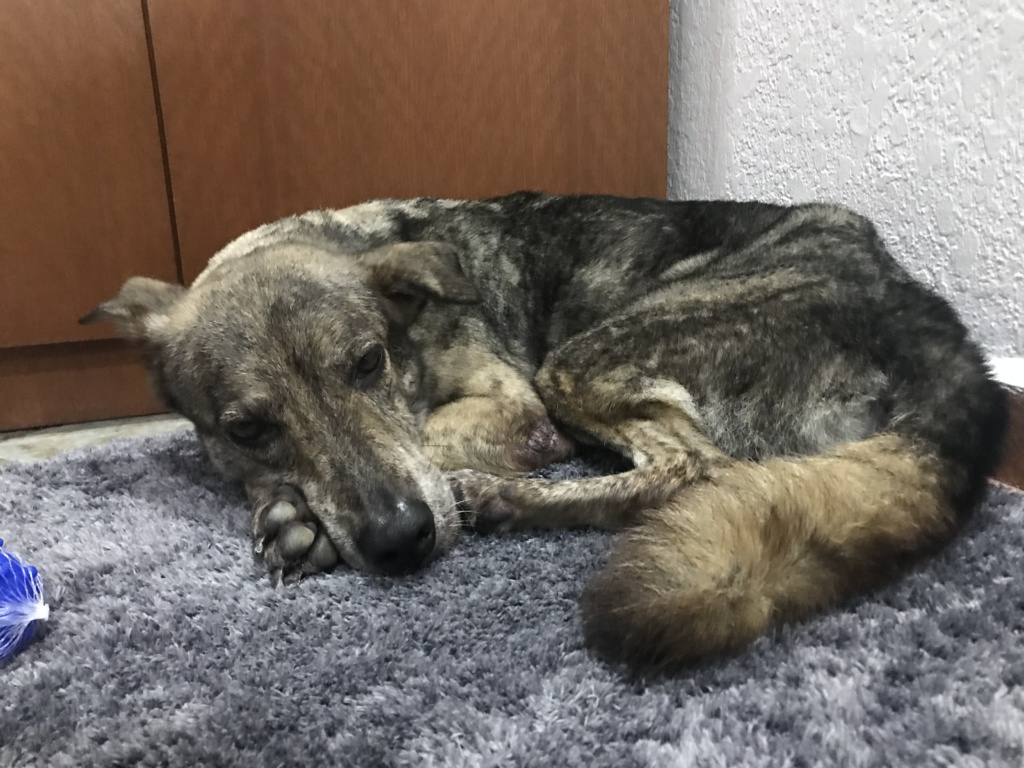
People often associate with Kobe as a sweet loving boy, who is super friendly with strangers and other animals (Dogs or Cats). But what you guys don’t know is that this sweet loving boy, has a side of aggressiveness thats hard to tame. 9/10 times he snapped at me, often bleeds and leaves a scar. Some people advise that I should assert dominance, Some people advise that I should choose force-free / positive reinforcement.
Trust me, I did both and shed a fair share of blood during these process.
We count ourselves lucky because we are aware what triggers Kobe to turn aggressive. So we can manage or prevent any situations that causing him to behave aggressively. EG: Feeding time (Resource guarding); or when Kobe gets tired (Cranky)
For other owners, there are so many drawbacks in living with and loving aggressive dog. That may include manage feeding time, the arrival of visitors, or seeing other dogs. There’s the constant concern of an incident happening despite your best efforts at prevention. It may be impossible, or at least challenging, to join others for group walks, journeys to the park or to visit family over the holidays. But sometimes the worst part about having an aggressive dog is that other people don’t see the dog you love.
They don’t see the sweet dog who cuddles with you at night
I strongly believe that most dogs with aggression issues are lovely to be around in most situations, however badly they may behave in others. Many aggressive dogs are not at their best when out in public around strangers or other dogs, but are kind and lovable around the family, including small kids and even the cat. When you have a dog like that, it hurts when other people don’t see the good side of your dog, even though that’s what you see most of the time.
If you have an angel who is all too often an angel in disguise, what do you wish other people could see in your dog that you see every day?
I‘m thankful that people viewed Kobe as a dog that’s very approachable in public, with humans or other dogs. Today I decided to share this because having Kobe is not all rainbow and sunshines. People often react negatively when they see an aggressive dog. It’s hurtful.
Not all dogs are the same. Not all training works for all dogs at every situation faced. Training also depends on human’s lifestyle too. So why did I choose Choke Train old school training, instead of the hype R+ training for Kobe?
Well.. For what I understand. Treats do have their place in training your dog. And if your dog is food motivated, then you can see quick results using treats. But, and that’s a big BUT, treats won’t train your dog around major distractions. Say another dog that wants to play, or the grab food guy ringing the doorbell. Treats can be good for training your dog, but all in moderation. With a Positive Reinforcement Dog Training will be teaching your dog basic commands using treats to lure the behaviour.
There is no correction in Positive Reinforcement Dog Training (aka treat training). If the dog does not perform the command, you can continue to offer the treat or get a higher-value treat. Something tasty and more motivating. Which was I wanted because I never wanted to “abuse” my poor 3-legged dog. He have been through so much during his puppyhood. I just want to give him the best.
But Kobe is an insecure dog who is not treat/food motivated. So how am I supposed to make it work? A trainer advise me to be consistent, be confident! I did. But it still doesn’t work, what should I do? Kobe is zig-zagging his way with his then harness. Getting afraid of every single human that jogs pass him, or a bicycle, almost everything. People were afraid of him too? Wouldn’t you be scare seeing a dog so ‘out of control’? I tried putting a treat on his nose to redirect him, he don’t even bother to sniff it. Did I try? Yes.
So I decided to engage a trainer that uses Choke Chain for Behaviour Training. Did the training work for Kobe? Yes.
In less than 3 days. Kobe was heeling beside me. Sit down when I stop walking. Somehow magically, he was minding his own business while a bicycle passes us in lightning speed, he did not freak out! Did I get stares and comments from passerby? Yes.
“Why are you choking our poor dog? He only has 3 legs! Just let him do what he wants.”
“Why are you treating your dog like this? Its abusive!”
Kobe is happily walking beside me, enjoying the scenery and fresh air without feeling afraid. Choke chain was just a chain hanging on his neck. Its just dangling there. Oh well.. People judge from what they see.
There is a place for treats when training your dog. Treats are especially great for training a puppy.
I only use treat training when:
- Potty training a puppy or dog
- Treats are a great way to train young puppies (6 months and younger) basic commands. You can use treats to teach him to SIT, DOWN, COME, and do fun tricks such as PAW, BOOP!
- Crate training
- Occasional treats are great to reinforce any training commands, but should not be used as the only tool.
I believe that positive/treat training has become today’s popular method only because people are afraid to discipline their dogs! And somehow correcting your dog has been twisted into animal cruelty.
Please ask yourself, is it crueler to:
A) Never discipline your dog and allow him to misbehave and do as he pleases whenever he wants, pull on the leash whenever he sees a dog, bark at strangers, etc.
OR
B) Train your dog and correct your dog’s bad behavior one time with a good correction so he learns right from wrong the first time?
Choosing the right training method is very important to you and your dog. You as the owner need to be comfortable with your choice, but keep in mind what you expect from your dog.
Using treats can be fun for you and your dog, but remember that we all need discipline in our lives to be balanced.
